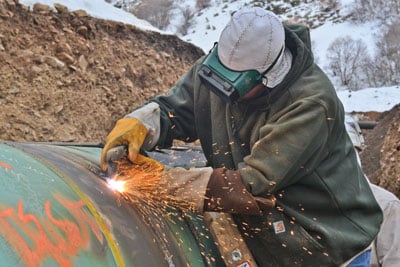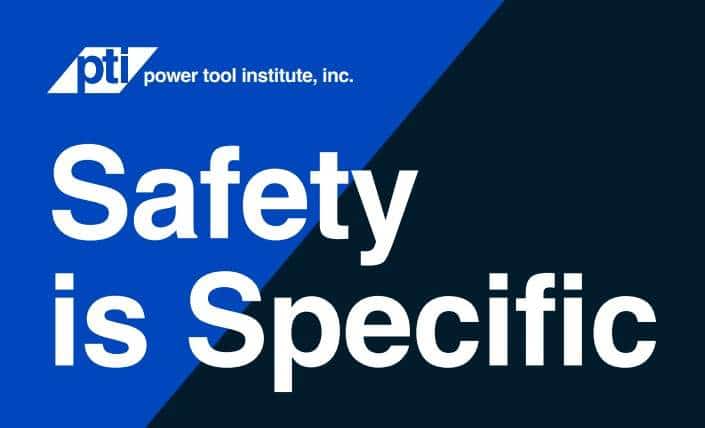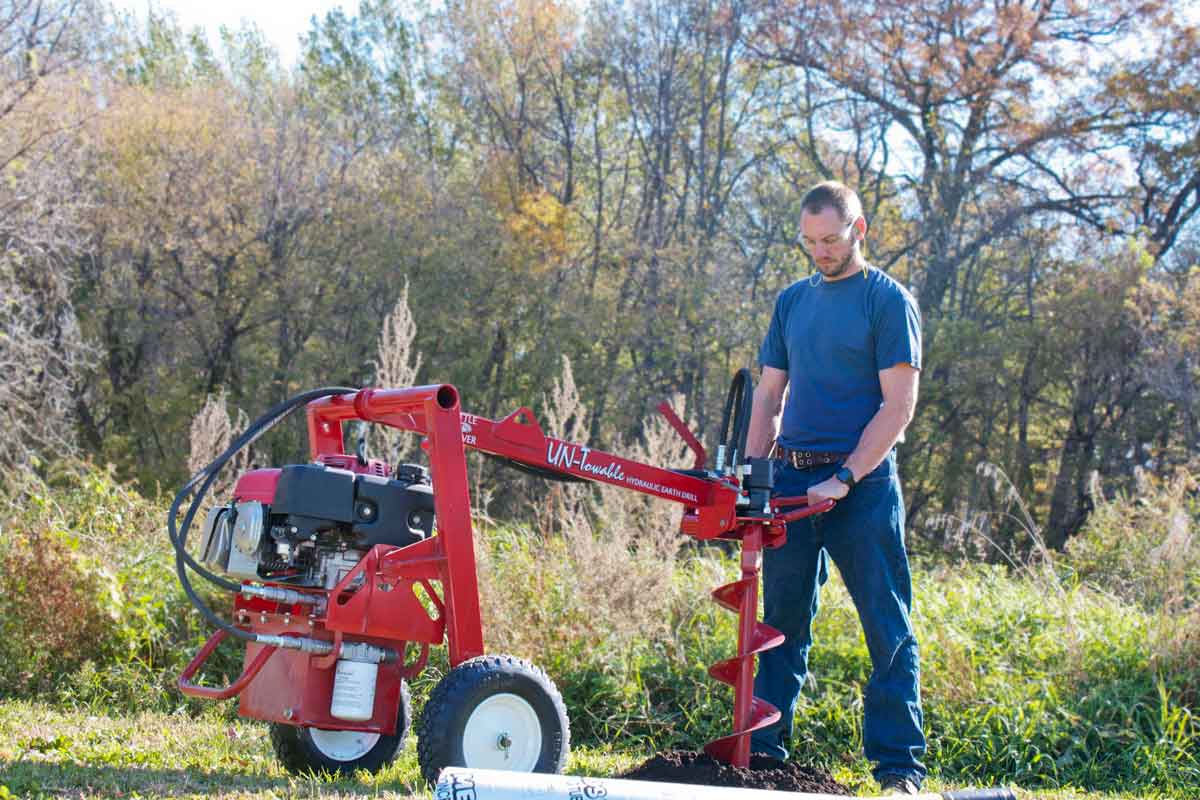Welding Cutting Technologies: Oxyfuel, Plasma, Laser and Waterjet Explained

Oxyfuel has the lowest capital cost and is a good choice for businesses who only cut thick (more than 2-in.) carbon steel.
Today it isn’t enough to cut with just one process. Many shops and fabricators are instead opting to purchase additional systems as they realize no one process does it all. Four of the more common processes used for cutting are plasma, laser, waterjet and oxyfuel. The question is which process should you choose? The answer is complicated but manageable. By taking the time to answer the following questions and understanding the strengths of each process, you can make the right choice.
How Thick Is the Material?
Certain processes excel at different thicknesses so it is important to know which thickness of material you need to cut. Generally, laser is used to cut thinner materials, plasma mid-range for thicker materials and oxyfuel very thick carbon steel. Waterjet can cut across the thickness range.
What Are the Cut Quality Requirements?
The quality of a cut (or lack thereof) is based on the following properties:b
• Angularity — a cut with little to no angle is considered best
• Kerf or width — a smaller kerf enables finer part detail
• Tolerance — tighter tolerances mean a more precise, repeatable cut
• Size of the heat affected zone — a smaller zone protects the integrity of the metal better and impacts the viability of other processes such as welding and tapping
• Dross — less is generally better
• Edge quality — how smooth is the finish
The International Organization for Standardization (ISO) has developed a classification system for thermal cutting processes, such as oxyfuel, plasma and laser. That standard — called ISO 9013 — takes into account the above properties. Generally, waterjet produces the very best quality, followed by laser, plasma and finally oxyfuel.
How Much Work?
This question ties directly to productivity. When people think of productivity, they most often think of cut speed. While cut speed is important, you also need to consider the time it will take to get your system up and running. This includes: preheating of the metal when discussing oxyfuel; the number of cutting heads the machine can accept; the efficiency of the nesting software and its ability to maximize cutting time; the ability to unload parts while the system is cutting; and finally the ability to eliminate secondary operations. The productivity of your cutting method will depend on material type and thickness. For example, laser is considered a highly productive process when cutting thinner material, but not as productive on thicker material.
How Much Money Needs to Be Made?
Face it, you need to make money or you won’t be in business long. Factors to consider here are your day-to-day operating costs which can include labor and capital equipment costs. When calculating operating cost, it is important to steer away from calculating just the cost per hour and instead focus on calculating the cost per part or the cost per foot. This is because a system that costs $20 per hour to operate but only produces two parts per hour is not nearly as efficient as a system that costs $200 per hour to operate but produces 100 parts. To get the operating cost per hour, divide the cost per hour by parts produced. In the first example, each part would wind up costing $10 ($20/2) while in the latter example, the cost per part goes down to $2 ($200/100). Alternatively, to determine cost per foot, divide the operating cost per hour by the number of feet cut.
Capital equipment cost should include not only the cost of the power supply and torch (or cutting head in the case of waterjet and laser) but the cost of the cutting table, CNC, fume control, water treatment equipment, etc., as these items make up the largest portion of your capital equipment cost. However, generally, oxyfuel systems have the lowest capital cost and laser the highest. Plasma and waterjet have a lower cost than laser but more than oxyfuel.
Labor costs are more difficult to measure because so many factors are involved. These factors can include varying hourly rates depending on geographic region, skill level of the operator and job demand. In addition to taking the preceding variables into account, you’ll want to consider the labor needed for the entire job. For example, the time needed to load your part program into the CNC, move material onto your cutting table, unload parts, move parts to another location to smooth down edges or tap holes, etc. Consider the labor extremes between a fully integrated laser table with material storage towers, auto pallet changers and an auto unload feature that automatically palletizes parts for shipment with a completely manual oxyfuel process. Once you have the answers to each of these questions, you then begin to evaluate each of the processes. General rules for each are as follows:

Face it, you need to make money or you won’t be in business long. Factors to consider here are your day to day operating costs which can include labor and capital equipment costs.
Oxyfuel has the lowest capital cost and is a good choice for businesses who only cut thick (more than 2-in.) carbon steel. In addition, it can be a good choice if you don’t have many parts to cut and don’t expect to make much profit on each part. Shops needing to cut a lot of parts, especially on steel less than 2 in. They are almost always better off with another method since oxyfuel is a slow process.
Plasma provides a good balance in terms of capital cost and an optimal mix of cut quality, productivity and operating cost when cutting metal. It can cut a significant range of thicknesses and offers material flexibility since it can cut just about any type of conductive metal. It also provides high cut speeds.
Laser provides excellent cut quality and high productivity on thinner materials. CO2 lasers have high capital and maintenance costs. While capable of cutting thicker (up to 1-1/4 in.) metal, the number of parts to be cut, type and thickness of the metal and required cut quality all need to be carefully considered.
Waterjet is relatively slow when cutting metal. However, it is ideal for anyone who expects to cut more than just metal, requires a very tight cut tolerance or cannot have any heat affected zone.
No matter what you need to cut, just answer these questions, and you’ll find the best way to do it.
Jim Colt is the technology applications manager for Hypertherm Inc.



Comments are closed here.